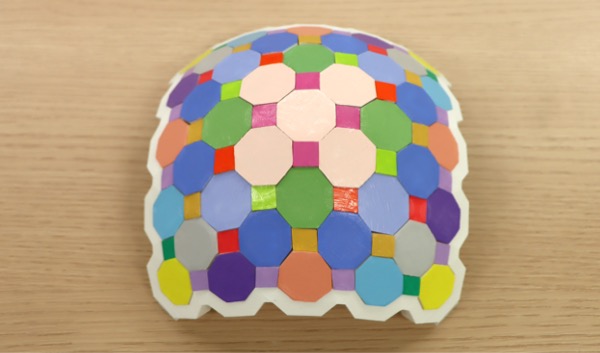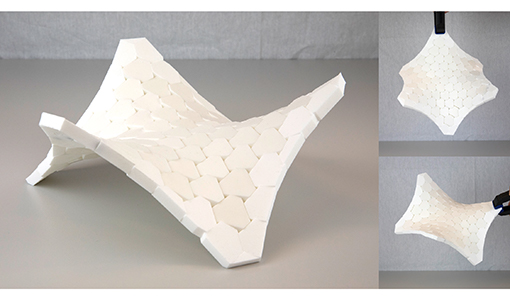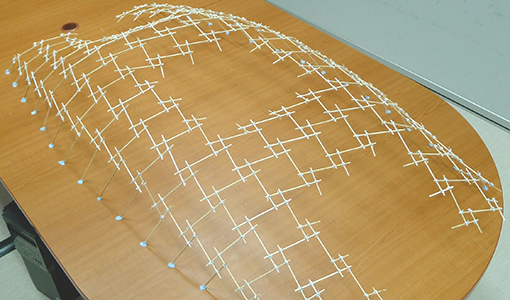Discrete architecture is an emerging architectural paradigm that designs architecture as a combinatorial organization of a discrete set of architectural parts (e.g., blocks, plates, rods). Benefits of discrete architecture include reducing the material wastage, easing automatic assembly with robots, and facilitating disassembly of buildings.
This topic focuses on geometric modeling and optimizing of free-form architectural structures. In particular, we are interested in studying mathematical models and computational methods that discretize a free-form architectural surface into a set of fabricable architectural elements while considering various design requirements in aesthetics, material cost, construction, and structural stability.


